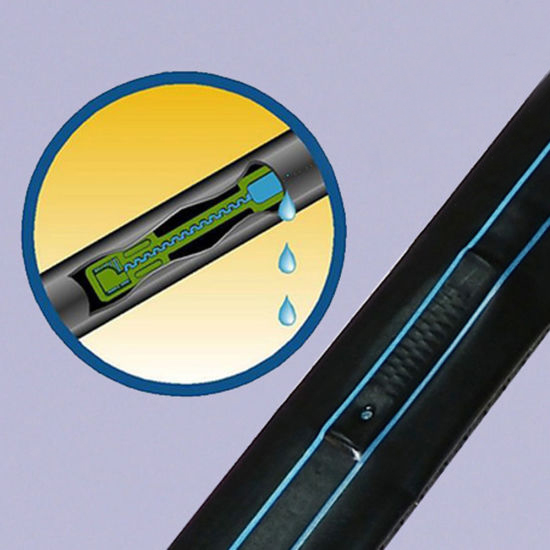Drip irrigation as a professional environmental protection irrigation method is more and more welcomed by people, but it will inevitably encounter various problems in the process of drip irrigation. As a professional manufacturer of drip irrigation equipment, I will introduce the relevant knowledge of drip irrigation.
Can the drip water from the dripper meet the water demand of the crop?

In fact, there are many choices of dripper flow, the common range is 1.0 ~ 10.0 liters / hour. The choice of dripper flow is mainly determined by the soil texture. Usually, the heavier the texture, the smaller the dripper flow. Although the dripper’s water output per second is small, the irrigation time is long. Taking a dripper with a specification of 2.3 liters / hour as an example, if two drippers are arranged for each fruit tree and the irrigation time is 2.5 hours, each fruit tree will receive 11.5 liters of water and 23 liters of water after 5 hours of irrigation. Drip irrigation can increase water supply by prolonging irrigation time and increasing the number of drippers, which can meet the water demand of crops in various hot climates.
Which crops are suitable for drip irrigation?
From a technical point of view, all crops can be installed with drip irrigation. Measuring whether a crop is suitable for drip irrigation is mainly evaluated from an economic perspective and the way the crop is grown. Drip irrigation can be used for ridged crops, potted plants, various crops in mountainous areas, economic forests, and medicinal materials. At present, the most popular areas are cotton, potatoes, corn, grapes, oranges, bananas, flowers, greenhouse vegetables, beets and other crops.
 What are the requirements for drip irrigation for water quality?
What are the requirements for drip irrigation for water quality?
Because the dripper is a precision component, there is a certain requirement for the particle size of the impurities in the irrigation water. The particle size of the drip irrigation is not greater than 120 mesh to ensure that the dripper is not blocked. If the water source filtering measures and equipment meet the requirements, well water, canal water, river water, mountain pond water, etc. can be used for drip irrigation. Therefore, the water source filtering equipment is the core component of the drip irrigation system. Most of the malfunction of the drip irrigation system is caused by the filter equipment not meeting the requirements or neglecting to clean the filter.
How many years can a drip irrigation system last?

Drip irrigation pipes are available in various sizes with wall thicknesses from 0.2 mm to 1.2 mm. Obviously the thicker the more resistant to mechanical damage. All drip irrigation tubes are filled with anti-aging materials. In the absence of mechanical damage, the service life of thick-walled and thin-walled drip irrigation pipes is the same. Many thin-wall drip irrigation belts have a short lifespan mainly due to mechanical damage, leading to water leakage. From the perspective of mechanical damage, thicker drip irrigation pipes have a longer life. Different crops and cultivation methods require different service lives. Generally, crops with a high density of cultivation (such as strawberries) are more economical and reasonable to use products with a design period of 1 to 3 years, while products with a low density of fruit trees to be designed with a period of 8 to 10 years are more economic and reasonable. Of course, with a long service life, the cost of a one-time investment will also be higher.
The above is the relevant knowledge of drip irrigation system summarized for everyone, I hope it can be helpful to everyone.
